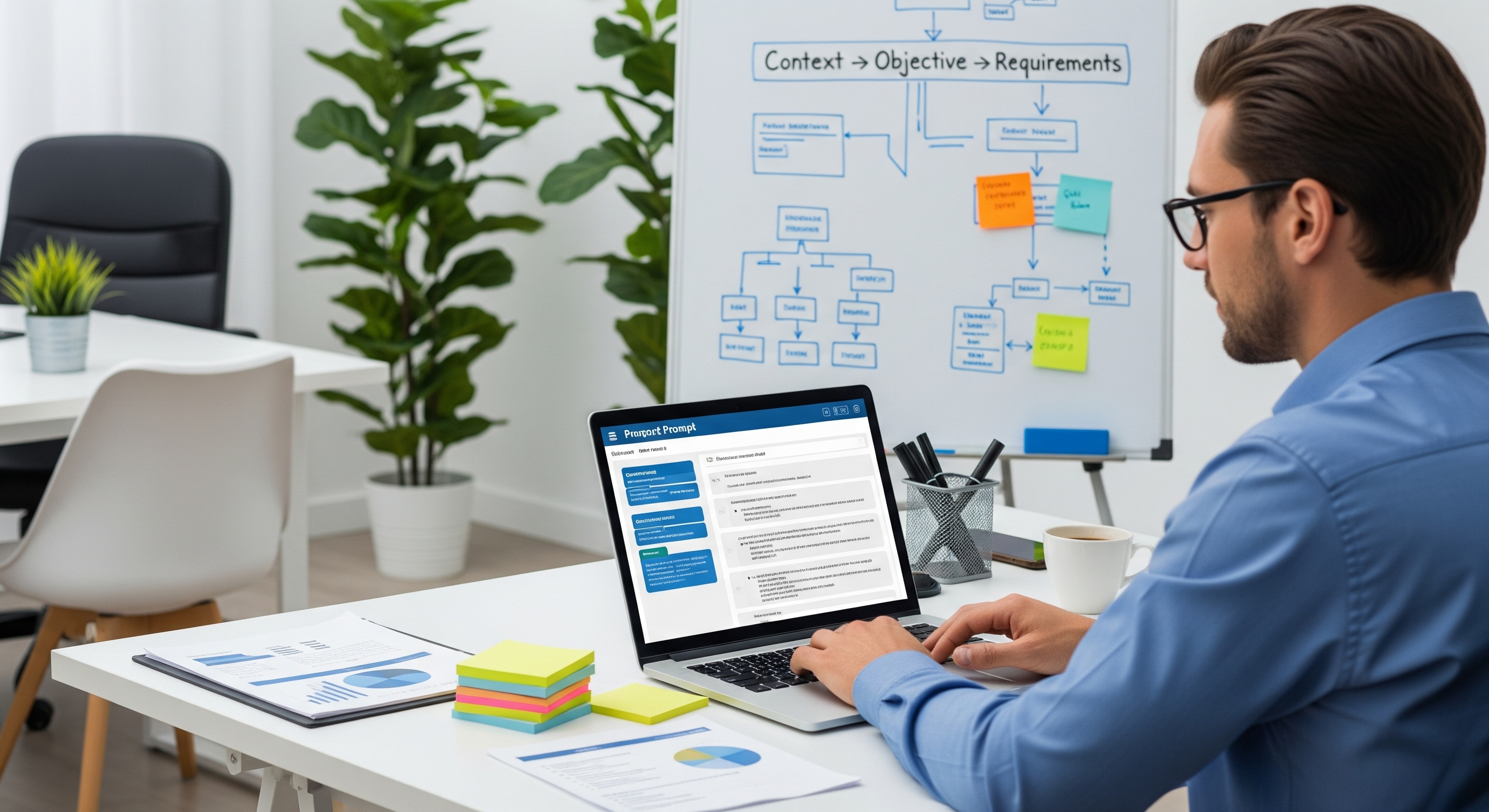The Billable Hour Crisis: Why Professional Services Leave Money on the Table
You're leaving 5.1 hours unbilled every single day. That's not a guess—it's data from Clio's 2024 Legal Trends Report showing the average lawyer records just 2.9 hours of billable work in an eight-hour day. For a $300/hour attorney, that's $1,530 in lost revenue daily, or nearly $400,000 annually per professional.
The problem isn't unique to lawyers. Consultants, agencies, and other professional services firms face the same challenge: capturing the true value of work performed while maintaining profitability in an increasingly competitive market. But here's what's changed: AI tools now exist that can help professional services firms capture 25-30% more billable hours without working longer days.
This isn't about replacing human expertise—it's about eliminating the administrative friction that prevents you from billing for the value you already deliver.
Time Tracking and Project Estimation Automation
The foundation of billing more hours starts with accurately capturing the hours you're already working. AI-powered time tracking operates in the background, monitoring your digital activities and automatically generating time entries.
How AI time tracking works:
Modern AI systems integrate with your existing tools—email, calendar, documents, video calls—and use machine learning to identify billable activities. When you're drafting an email to Client A about Contract B, the system automatically logs that time and creates a narrative description.
Tools like Clio Duo offer time entry suggestions for unlogged work, including calls, notes, completed tasks, and emails, ensuring no billable activity gets missed. The system learns your patterns and becomes more accurate over time.
Project estimation benefits:
AI analyzes historical data from similar projects to provide more accurate time estimates. Instead of guessing that a contract review will take "3-4 hours," you get data-driven predictions based on document complexity, client history, and your team's actual performance metrics.
For a 50-attorney firm, improving time capture by just 20 minutes per attorney daily equals 43 additional billable hours per week—worth $12,900 weekly at a $300 hourly rate.
Client Communication and Project Status Automation
Client communications consume significant time but often go unbilled because they feel like "overhead." AI changes this equation by automating routine communications and ensuring client-facing time gets properly captured and billed.
Automated status updates:
AI can generate weekly project status emails by pulling data from your project management systems, time entries, and deliverable databases. Instead of spending 20 minutes crafting an update, you review and send an AI-generated summary in 3 minutes—and bill for the full communication time.
Smart client intake:
Chatbots handle initial client inquiries, gather preliminary information, and schedule consultations. The system qualifies leads, collects conflict-of-interest data, and prepares intake summaries before your first billable conversation begins.
Document Generation and Template Systems
Document creation represents the highest-value automation opportunity for most professional services firms. AI can generate contracts, proposals, reports, and pleadings that previously required hours of manual drafting.
Contract and agreement automation:
AI systems trained on your firm's templates and clause libraries can generate first drafts of common agreements in minutes. For an NDA, purchase agreement, or consulting contract, AI pulls appropriate clauses, customizes terms based on client parameters, and creates a review-ready document.
Proposal development:
Instead of starting every proposal from scratch, AI assembles proposals using your previous work, team biographies, methodology descriptions, and pricing frameworks. A consultant who previously spent 6 hours crafting a project proposal can now generate a first draft in 30 minutes and spend the remaining time on customization and strategy.
Research and Competitive Analysis Acceleration
Research tasks that once took associates and junior consultants days to complete can now be accomplished in hours with AI assistance. This acceleration allows firms to bill for more comprehensive research while reducing delivery timeframes.
Legal research transformation:
AI legal research tools can analyze thousands of cases, regulations, and secondary sources simultaneously. AI excels in contract review, document analysis, and summarizing lengthy legal materials including trial packages, depositions, and case files. What previously required 8-10 hours of junior associate time can be completed in 2-3 hours with AI assistance—but billed at the same comprehensive research rate.
Market research for consultants:
Strategic consultants use AI to analyze industry reports, competitive intelligence, and market data across multiple sources simultaneously. Major consulting firms report that AI allows them to analyze everything from market reports and social media posts to specialized websites and academic papers all at once, dramatically reducing research timelines while expanding analytical scope.
ROI Calculator: Efficiency Gains vs. Implementation Costs
Typical AI Implementation Costs (Annual):
- AI time tracking platform: $150-300 per user/month
- Document automation system: $200-500 per user/month
- Research acceleration tools: $100-400 per user/month
- Integration and setup: $10,000-25,000 one-time
- Training and change management: $5,000-15,000
Revenue Impact Calculation:
For a 20-person professional services firm with average billing rates of $250/hour:
Conservative scenario (15% billable hour increase):
- Current annual billable hours: 32,000 (1,600 per person)
- Additional billable hours: 4,800
- Additional revenue: $1,200,000
- Implementation cost: $180,000
- Net benefit: $1,020,000 (567% ROI)
Aggressive scenario (25% billable hour increase):
- Additional billable hours: 8,000
- Additional revenue: $2,000,000
- Implementation cost: $180,000
- Net benefit: $1,820,000 (1,011% ROI)
Recent Federal Reserve data shows workers using generative AI saved 5.4% of their work hours, suggesting productivity gains that directly translate to billable hour capture.
Change Management for Time-Tracking Resistant Teams
The biggest implementation barrier isn't technical—it's cultural. Many professionals resist time tracking because traditional systems are cumbersome and feel like micromanagement.
Common resistance patterns:
- "I don't have time to track time"
- "Time tracking interrupts my workflow"
- "Clients won't pay for administrative tasks"
- "AI can't understand the nuances of my work"
Overcoming resistance strategies:
Start with champions: Identify early adopters who see immediate benefits and can demonstrate success to skeptical colleagues.
Emphasize automation: Frame AI as eliminating time tracking burdens rather than adding them. Show how background monitoring requires less effort than manual entry.
Share revenue impact: Demonstrate how captured billable hours translate to individual compensation increases and firm profitability.
Getting Started: Your 30-Day AI Implementation Roadmap
Days 1-7: Assessment and Planning
- Audit current time tracking and billing processes
- Identify biggest revenue leakage areas
- Research AI tools aligned with your practice areas
- Set baseline metrics for billable hour capture
- Secure leadership buy-in and budget approval
Days 8-14: System Selection and Setup
- Demo and select AI platforms for your needs
- Configure integrations with existing tools
- Set up client matter codes and billing categories
- Create user accounts and access permissions
- Plan training schedule for team members
Days 15-21: Pilot Implementation
- Launch with 3-5 champion users
- Monitor system performance and user feedback
- Refine configurations based on initial usage
- Address technical issues and user questions
- Document best practices and workflows
Days 22-30: Full Rollout and Optimization
- Expand access to all team members
- Provide additional training and support
- Monitor adoption rates and usage patterns
- Generate first month revenue impact reports
- Plan advanced feature implementation
The evidence is clear: professional services firms that embrace AI automation are capturing significantly more billable hours while delivering better client service. PwC predicts that companies implementing AI at scale will see 20% to 30% gains in productivity, speed to market, and revenue.
The question isn't whether AI will transform professional services billing—it's whether your firm will lead the transformation or react to competitive pressure. The firms implementing these systems now are building sustainable competitive advantages in efficiency, profitability, and client satisfaction.
Ready to capture those lost billable hours? Book a 20-minute AI Opportunity Assessment to identify your firm's biggest automation opportunities.





